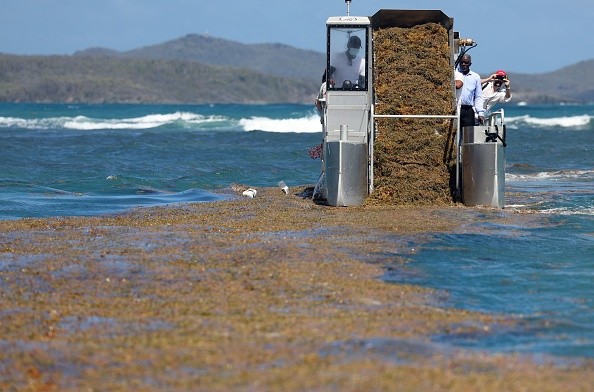Only 30% of the world's freshwater is not locked up in ice caps or glaciers.
Some 20% of that is in locations too remote for humans to access, and nearly three-quarters of the other 80% arrive at the wrong time and place - during monsoons and floods - and is not always caught for human use.
The remainder accounts for less than 0.08% of the total water on the globe.
Collecting water through hydrogels
Hydrogels have an inconceivable capability to swell and absorb water.
In common lifestyle, they're used to keep humidity at bay in bands, nappies, and other products.
A team of researchers has discovered a new application for hygroscopic salts: swiftly extracting significant amounts of fresh water from air using a specially constructed hydrogel containing a hygroscopic salt, as per ScienceDaily.
The study, published in the journal Angewandte Chemie, demonstrated that the salt increases the gel's moisture uptake, making it appropriate for water collection in dry areas.
Hydrogels have the ability to absorb and store several times their weight in water. By doing so, the underlying polymer swells significantly due to the incorporation of water.
However, because collecting moisture from the air is currently too slow and inefficient, using this ability to create freshwater from atmospheric water has not proven viable too far.
Moisture absorption, on the other hand, might be improved by adding hygroscopic salts that can rapidly remove huge amounts of moisture from the air.
Nevertheless hygroscopic salts and hydrogels are often incompatible because a substantial amount of salt alters the hydrogel's swelling capabilities and hence decreases its qualities.
Furthermore, the salt ions are loosely coupled inside the gel and are easily washed away.
The use of water management

According to Nano Werk, scientists believe that the Earth's atmosphere contains around 12 900 cubic kilometers of water vapor at any one time.
Extracting water from the atmosphere, also known as atmospheric water harvesting (AWH), is arising as a potential optional system for forming freshwater.
Atmospheric water harvesting may be accomplished in three ways: fog collecting, dew harvesting, and sorbent-based AWH.
Without the need for energy, fog collecting technology captures microscopic water droplets in the air. It does, however, necessitate the presence of fog, which is often found primarily in coastal or hilly areas.
Dew harvesting produces AWH by utilizing dehumidification equipment with cooling components to create the dew point or the temperature at which the air is flooded with water vapor. Cooling the air below its dew point, on the other hand, requires a lot of energy and produces a lot of problems.
Cooling the air below its dew point, on the other hand, costs a lot of energy and has low energy efficiency, especially in hot and dry areas.
AWH based on sorbents was created for unsaturated humidity situations and enables the spontaneous capture of free water molecules in the air via adsorption or absorption.
Water condensation occurs as a result of the interaction between water and sorbents. Metal-organic framework (MOF)-based materials, for example, can collect water molecules from a dry environment with a relative humidity of less than 30% without the use of cooling accessories.
© 2025 NatureWorldNews.com All rights reserved. Do not reproduce without permission.





